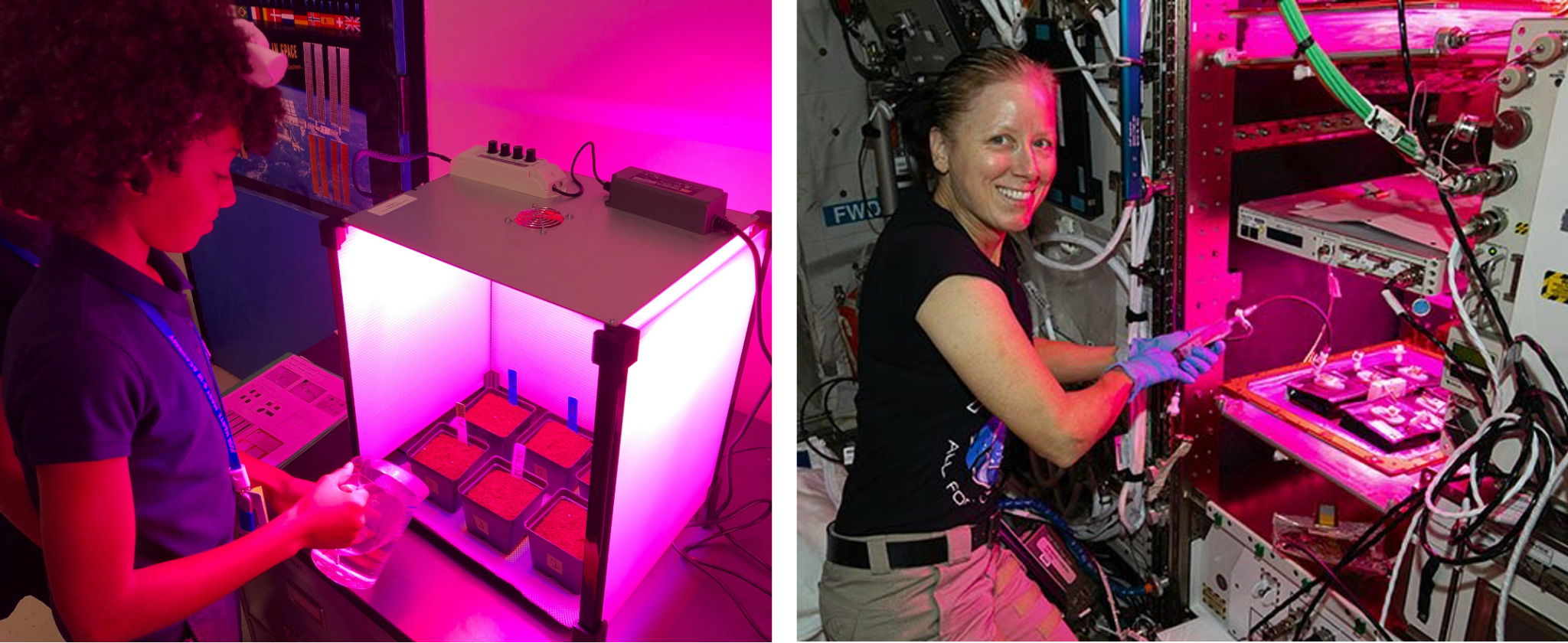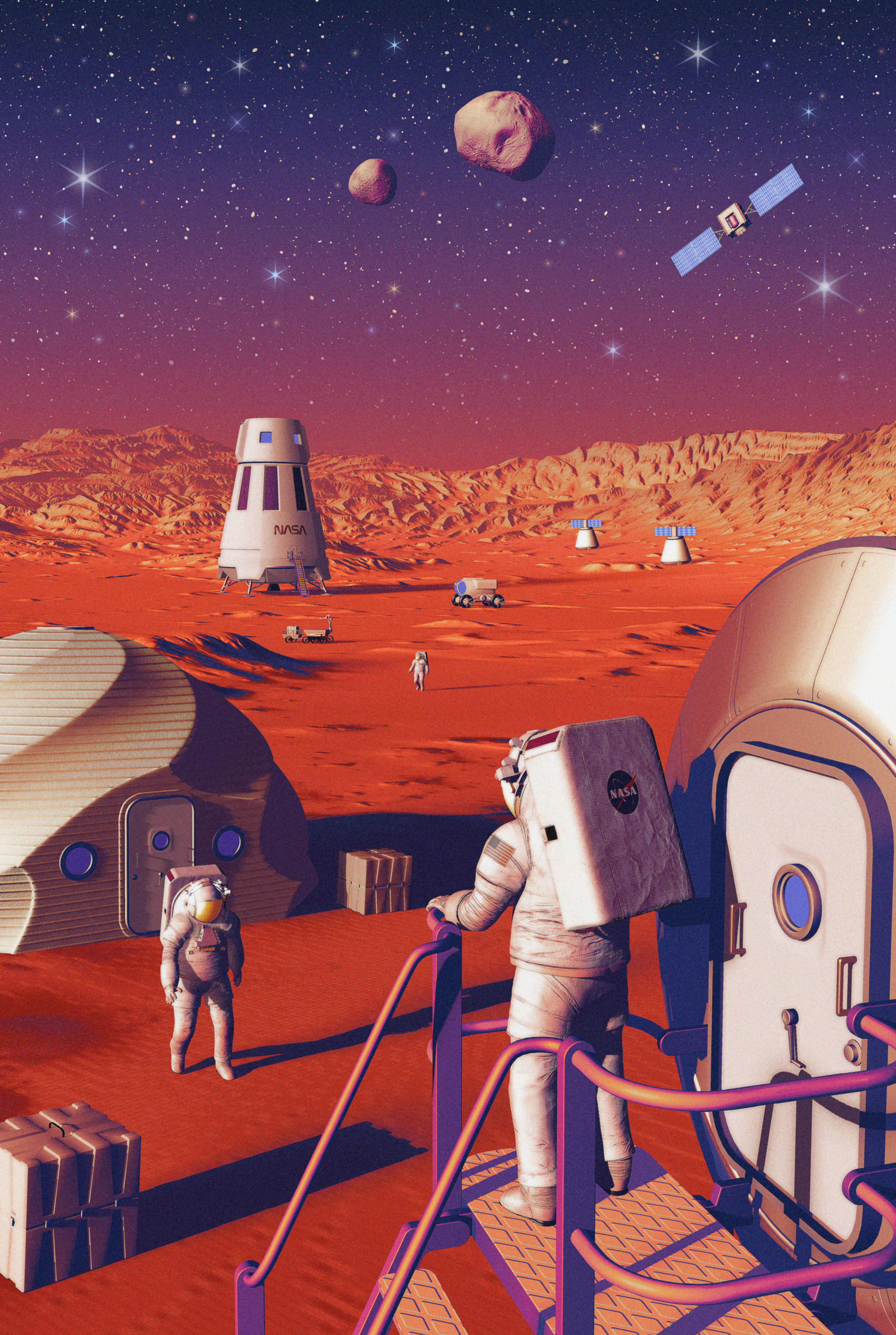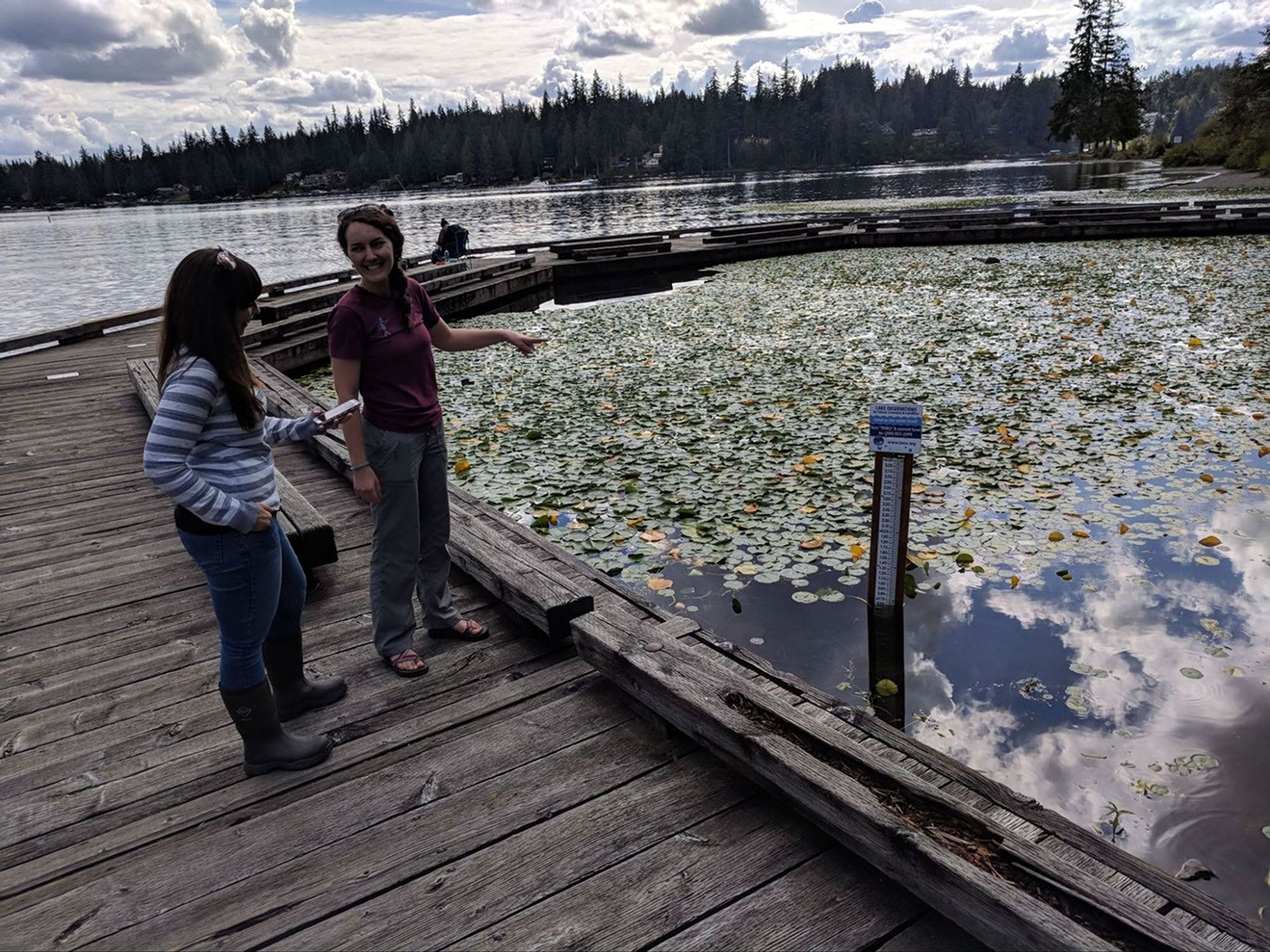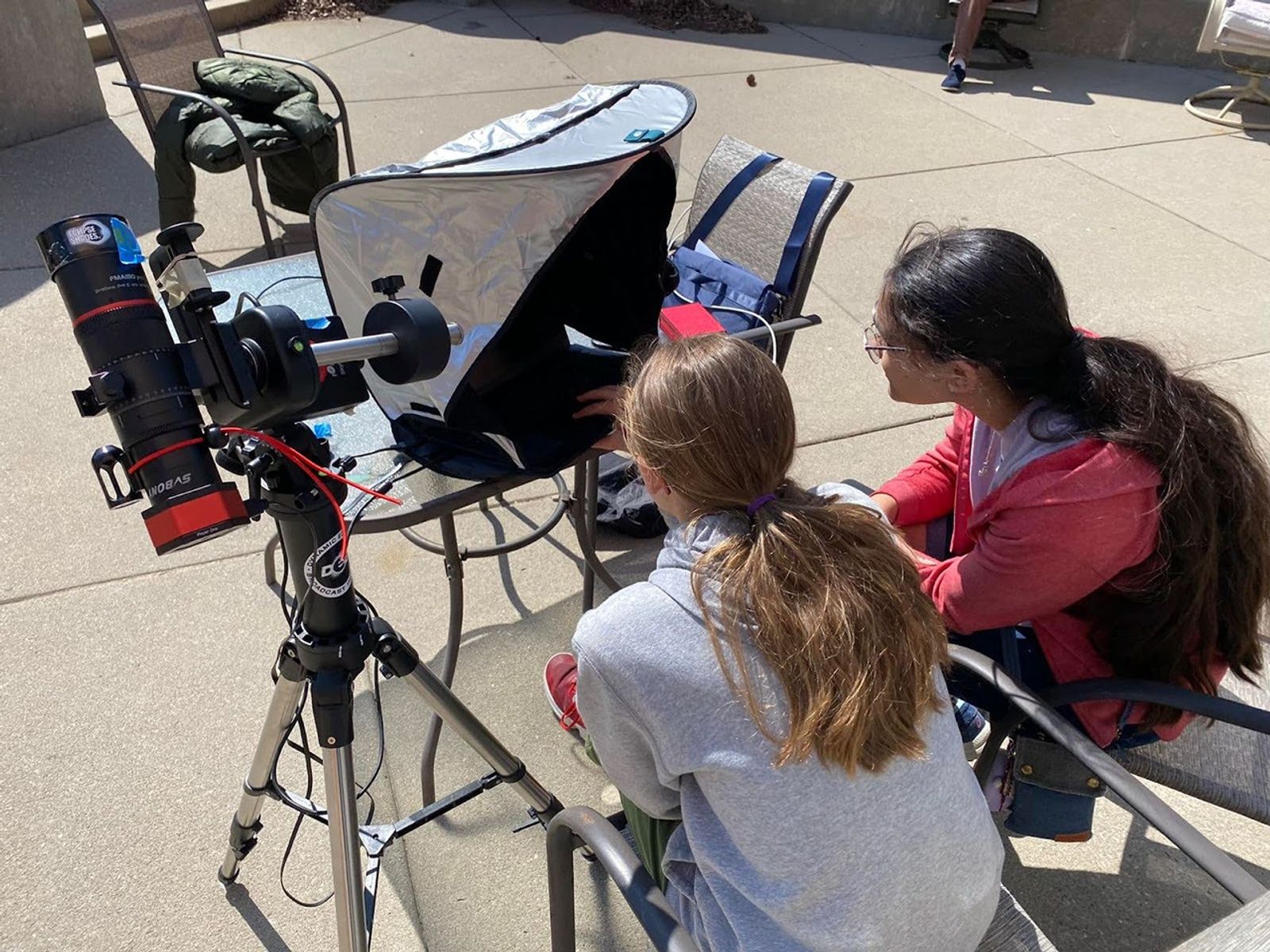
Crewed exploration beyond Earth orbit, such as a Journey to Mars, will require a food system that can keep astronauts healthy for a long duration. As preserved foods lose their nutritional value over time, produce grown in space may be an excellent source of supplemental nutrients. Growing plants may also provide psychological benefits for astronauts traveling far from home. The Growing Beyond Earth Program, a partnership between Fairchild Tropical Botanic Garden and the Space Crop Production research group at NASA’s Kennedy Space Center, has had more than 10,000 middle and high school students contribute to NASA research. Participating teachers in grades 6-12 receive all the materials to conduct research similar to how plants are being grown in the Veggie chamber on the International Space Station. Students conduct experiment trials, collect data on different crop types and growing techniques, and report these data in a dedicated online portal. The compiled data are accessed by Fairchild and NASA scientists, and crops and approaches that work well in classrooms are then tested at Kennedy Space Center.
Since the program began in 2015, students have tested approximately 200 plant types in numerous locations across the nation. The different classroom locations and student scientists involved ensure variability in testing conditions, and if plant varieties do well in many locations, they are likely robust and resilient enough to grow in space. Two student-selected crop varieties have now been successfully grown in Veggie on the International Space Station, and eaten by the astronauts. In addition, students have tested a large variety of approaches to growing plants, including variations in lighting, fertilizer, multi-cropping, and pollination. This NASA Citizen Science Program is yielding a bountiful harvest for NASA Science!
NASA’s Citizen Science Program:
Learn about NASA citizen science projects
Follow us on Twitter
Follow us on Facebook


































